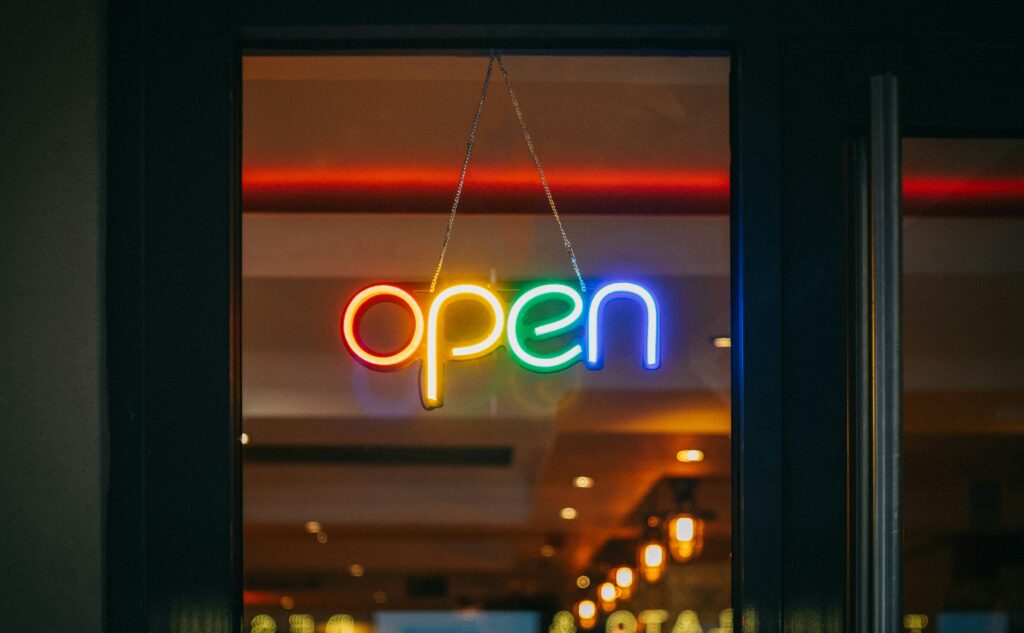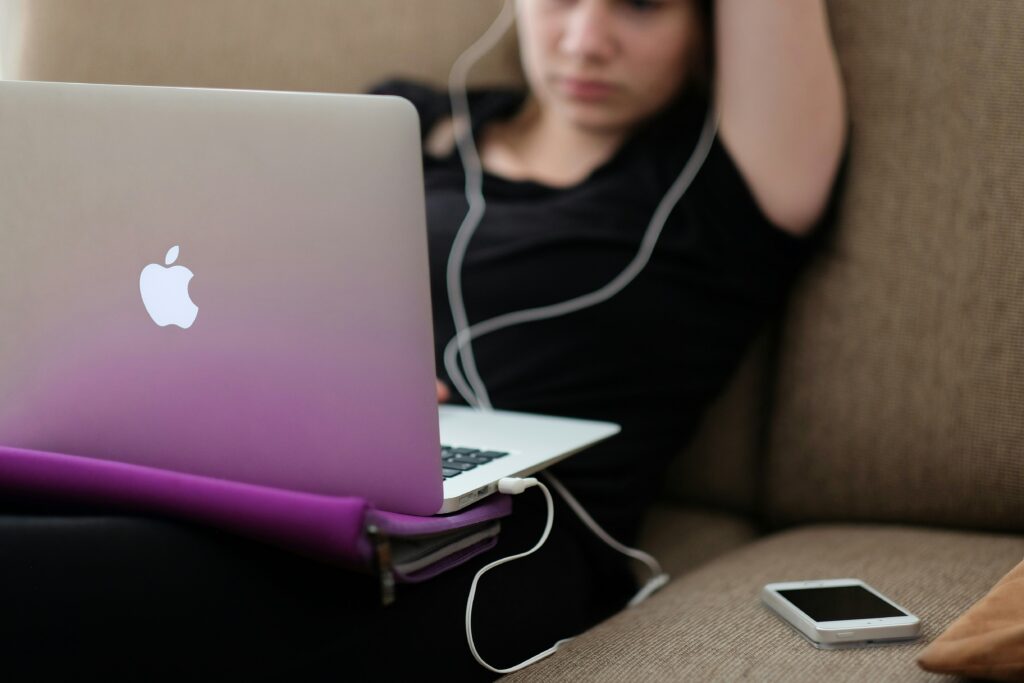What is Open Pedagogy?
- From the last module, we learned about the elements of pedagogy, which is the method of teaching others. This week, we are introduced to something new: open pedagogy. It focuses on collaborating, sharing, and open resources (Hotchin, 2024), whereas in traditional teaching methods, we are expected to purchase codes or textbooks. However, most of the time these textbooks are collecting dust. Both students and educators can create a better learning environment, as knowledge should be passed on.

Photo by Viktor Forgacs on Unsplash
The Role and Impact of OER:
- Open educational resources (OER) can transform the educational landscape by providing high-quality learning materials. These resources are often openly licensed, allowing students to access and share these vital information. In my learning, I treasure “Gold Open Access” a lot. It just doesn’t make sense to pay for something that I will use for just one assignment. However, I also feel like these people should be paid for their efforts. I think those authors should be compensated through ads instead. I believe OER can contribute to making education more equitable and accessible because it helps remove financial barriers for some students.
Global Trends in OER:
- OER is still not that popular in my opinion, because it is difficult to make learning materials free in this capitalist society. The variations between countries are similar but I am glad that I did not have to experience buying textbooks when I was a kid. I briefly studied in Hong Kong and they always wanted me to buy textbooks. That is something I disliked because most of the students rely on their parents and I hope to ease their concerns. My parents could afford them but it’s a matter of whether it’s worth it. I hope OER will become more popular and I am glad that I still see these opportunities in some of the classes I take.

Photo by Steinar Engeland on Unsplash
Understanding Creative Commons Licensing:
- Creative Commons licensing was designed to protect against plagiarism and I can understand. It’s not meant to discourage students from learning, but as learners, we ought to appreciate how this knowledge is produced. Learning these licenses can help me give credit to those original creators. As a trade-off, I get to use, adapt, and share educational resources responsibly. I always mention the sources that do not belong to my voice. I always cite my sources in APA format if it is for academic papers.
Attributes of Open Pedagogy:
- According to the module, student-centered learning, use of OER, transparency, empowerment, collaboration, and sharing are the key attributes of Open Pedagogy. In my educational practices, I hope to provide learners with open-access materials or open educational resources (OER) to promote transparency. Next, I will encourage collaboration and encourage empowerment among learners. These combined will contribute to a more inclusive and participatory learning environment.
Photo by Kelly Sikkema on Unsplash
emmaw
November 6, 2024 — 9:20 am
Marco Chong,
I liked your thoughts on OER and how it can contribute to making education more equitable and accessible because of how it removes financial barriers for some students. I thought the YouTube video provided effectively further explained the concepts that you mentioned. I agree with you on your statement about how OER is not very popular.I thought your point on the impact capitalist society has on this factor is interesting. I wonder if you could expand on some of the barriers that you think capitalist society puts in place that prevents the implementation of OER? Finally, I also talked about the importance of collaboration as an attribute of open pedagogy and I agree that this is an effective way to empower learners.
-Emma Williamson
okchan
November 17, 2024 — 6:00 pm
Hi Marco,
Thank you for your post! I enjoy reading your point of global trend of in OER. Your point about textbooks collecting dust is relatable. Most of the time we buy the textbook but don’t use them much. OER did help remove barriers for students, making learning more affordable and accessible. I also admire how you value Creative Commons licenses, responsibly cite your sources, and giving credit to the authors. Your focus on transparency, empowerment and collaboration help create an open, inclusive and supportive learning environment!
Marsha Chan